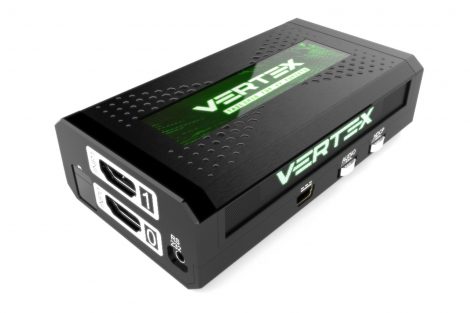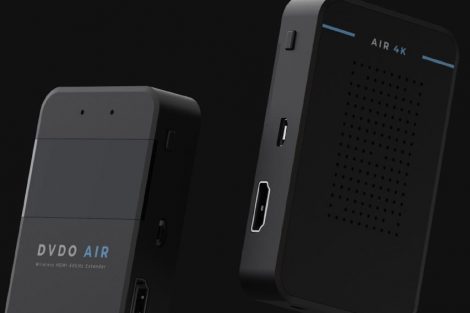
A term that we often see, especially in questions related to HDMI Audio Return Channel , but that we have not covered in detail is HDMI-CEC. In this article you will find a brief explanation of what this function entails, what the advantages are and, above all, what the disadvantages are.
SimpLink, Anynet +, Bravia Sync, EasyLink, etc.
You may wonder what the above terms have to do with HDMI-CEC, but all of these terms are synonymous with HDMI-CEC. Manufacturers are only too happy to come up with their own terms for standard features and techniques, although it does not make this any easier for consumers. All the above terms, and the terms in the list below, mean (largely) the same and actually describe the possibilities of HDMI-CEC.
- Samsung – AnyNet +
- Sharp – Aquos Link
- Sony – BRAVIA Link and BRAVIA Sync
- Toshiba – CE-Link and Regza Link
- LG – SimpLink
- Panasonic – HDAVI Control, EZ-Sync and VIERA Link
- Phillips – EasyLink

What is HDMI-CEC?
HDMI-CEC, in which CEC stands for Consumer Electronic Control, is a function of HDMI and was therefore created by the organization behind the HDMI standard. The function should make it easier to connect devices with each other and, above all, to allow them to communicate. This is done by running a separate signal, used purely for communication, via the HDMI cable that is laid between two devices. HDMI-CEC is supported by all HDMI cables but the implementation of the function in hardware is up to the manufacturer of the respective hardware.
Advantages HDMI-CEC
All devices, including TVs and receivers, equipped with HDMI-CEC (in the form of one of the aforementioned marketing terms) can communicate with each other. This makes it possible to have multiple devices perform a task with one command with the remote control. Therefore, only one remote control is needed to operate multiple devices. It is also possible to switch on one device and to have other devices respond to it by also switching on.
For example, it is possible to turn on a Blu-ray player, after which a signal is sent to the receiver and TV via HDMI-CEC. Then the TV and receiver switch on automatically, without you having to perform any actions yourself. Devices can also automatically select the correct inputs or automatically jump to standby mode when another device is turned off. In addition, the use of HDMI Audio Return Channel requires the presence of HDMI-CEC.

Disadvantages HDMI-CEC
The advantages of course sound very good, but unfortunately there are also disadvantages to the use of HDMI-CEC. For example, manufacturers can make adjustments to the standard themselves, so that Anynet does not work 100 percent with SimpLink, for example. In most cases, the standard functions such as switching equipment on and off work without problems, but it is the extra functions that cause problems.
Another disadvantage is that you often do not have complete control over what happens. For example, when HDMI-CEC is activated and you put a CD in the Blu-ray player, both the TV and the receiver can turn on. But, you want to listen to music and don’t need the TV at all. This must then be turned off manually.
HDMI-CEC: Useful, but with limitations
All in all, HDMI-CEC offers useful extra functions and possibilities that should increase the ease of use. However, as with many standards, the implementation still leaves much to be desired, mainly due to the various adjustments made by manufacturers and the lack of user control.



Add Comment